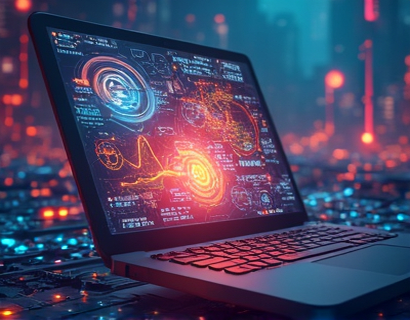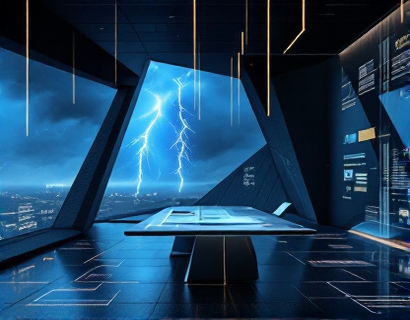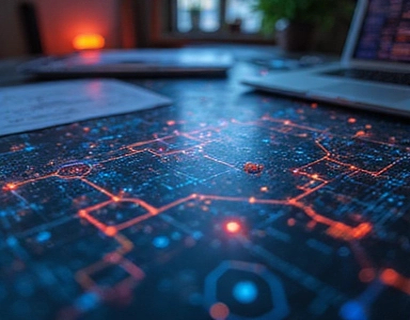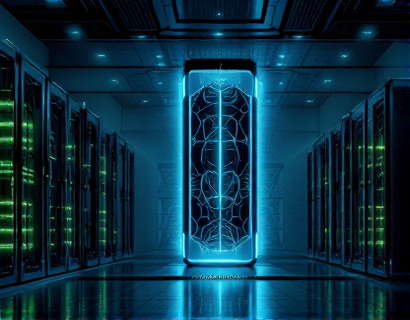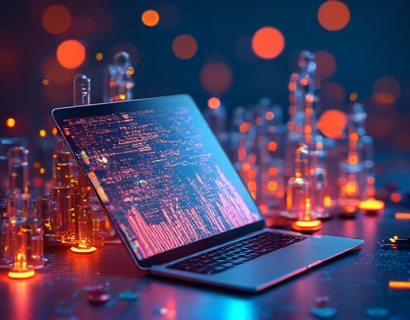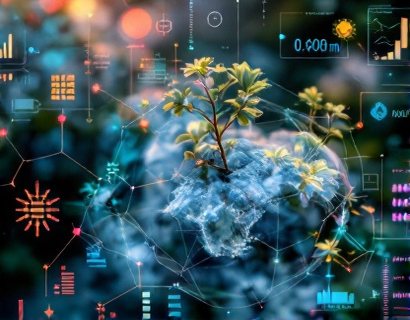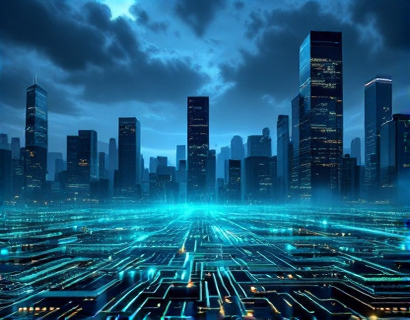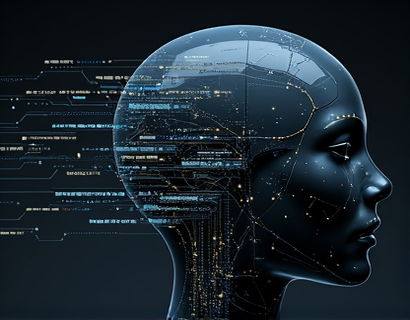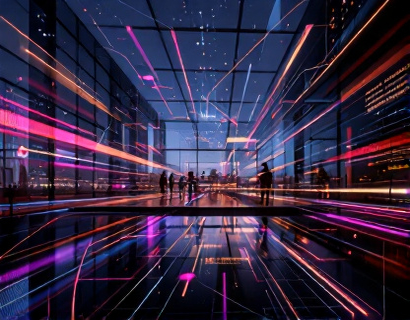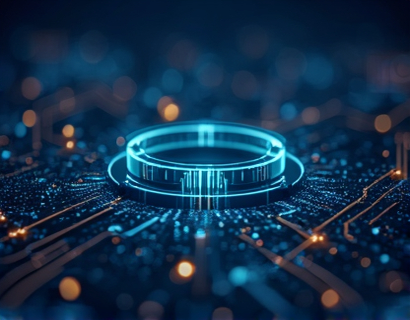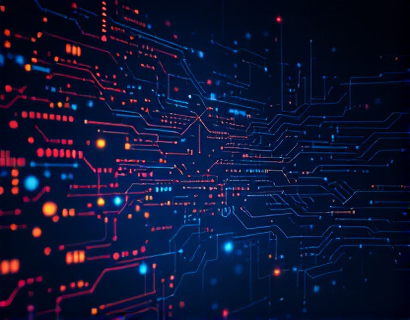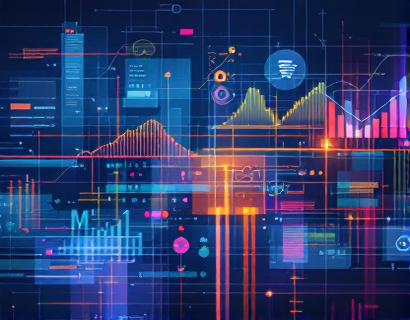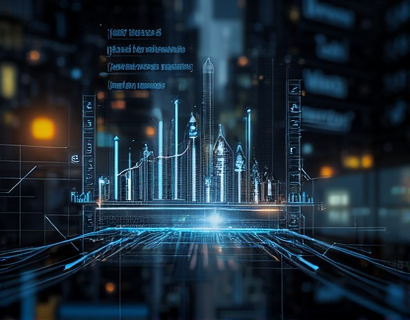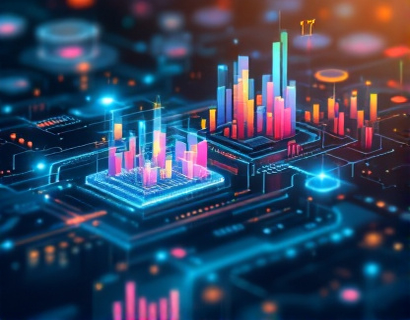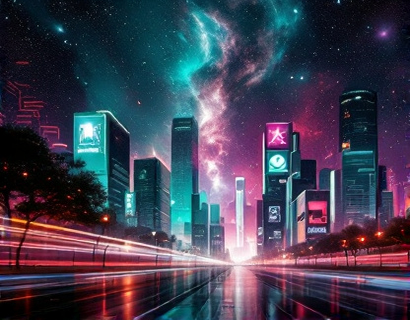NFTs: Transforming Digital Ownership for Creators and Collectors in the Evolving Ucosystem
The advent of Non-Fungible Tokens, or NFTs, has revolutionized the way we perceive and interact with digital assets. This technology has opened new avenues for creators and collectors, redefining the concepts of ownership, scarcity, and value in the digital realm. As we delve into the transformative impact of NFTs, it's essential to understand how this pioneering technology is reshaping the landscape for digital art and beyond.
NFTs are unique digital tokens stored on a blockchain, a decentralized digital ledger that ensures transparency, security, and immutability. Unlike cryptocurrencies like Bitcoin or Ethereum, which are fungible and interchangeable, NFTs represent one-of-a-kind digital items, such as artwork, music, videos, and even virtual real estate. This inherent uniqueness is what makes NFTs particularly valuable and sought after in the digital world.
Empowering Creators
For digital creators, NFTs offer a new way to monetize their work and establish a direct connection with their audience. Traditional digital content is often easily replicable, making it challenging for artists to earn sustainable income from their creations. NFTs change this dynamic by providing a means to certify authenticity and ownership, ensuring that creators can receive proper credit and compensation for their work.
Platforms that support NFT creation and trading allow artists to mint their digital pieces, setting unique attributes and metadata that enhance the value and story behind each asset. This not only adds a layer of exclusivity but also provides a rich context that can increase the appeal and desirability of the digital artwork. For instance, an artist can include a video explaining the inspiration behind a piece or link to a portfolio showcasing their other works, thereby enriching the buyer's experience and understanding of the art.
Enhancing Collector Experiences
Collectors, on the other hand, benefit from NFTs through the ability to own and showcase unique digital items that hold real value. The scarcity created by NFTs ensures that collectors can acquire truly one-of-a-kind pieces, similar to physical art collectibles. This scarcity, combined with the permanence and verifiability provided by blockchain technology, gives digital collectibles a tangible worth that was previously unattainable in the digital space.
Moreover, NFT marketplaces and platforms often provide collectors with tools to manage their digital collections, track ownership history, and even display their assets in virtual galleries. This not only enhances the collecting experience but also fosters a sense of community among collectors who can share and discuss their prized digital possessions.
Fostering a Vibrant Community
The rise of NFTs has led to the formation of vibrant communities centered around digital creativity and ownership. These communities serve as hubs for collaboration, inspiration, and support, bridging the gap between creators and collectors. Platforms that facilitate NFT transactions often include features such as forums, chat rooms, and social media integrations, enabling users to connect, share ideas, and collaborate on projects.
These communities play a crucial role in driving innovation and pushing the boundaries of what is possible with NFTs. They provide a space for emerging artists to gain visibility, for collectors to discover new talent, and for the entire ecosystem to evolve and grow. The collaborative nature of these communities fosters a culture of mutual respect and shared success, which is essential for the long-term sustainability of the NFT market.
Innovative Features and Tools
To further enhance the NFT experience, platforms are continuously introducing innovative features and tools. One such feature is the ability to create and manage complex NFT collections, where multiple related assets can be grouped and sold together. This is particularly useful for artists who want to release a series of related digital artworks, ensuring that buyers can purchase the entire series as a cohesive unit.
Another exciting development is the integration of interactive elements within NFTs. This allows creators to produce dynamic digital pieces that can change or respond to user interactions, adding a new dimension to digital art. For example, a digital painting might change colors or patterns based on the viewer's input, creating a unique experience for each owner.
Environmental Considerations
As the NFT space grows, environmental concerns related to blockchain technology, particularly Proof of Work (PoW) consensus mechanisms, have come to the forefront. These mechanisms require significant computational power and energy, raising questions about the sustainability of NFTs. In response, many platforms are shifting towards more environmentally friendly consensus algorithms, such as Proof of Stake (PoS), which consume less energy and are more eco-friendly.
Additionally, some projects are exploring the use of sidechains and layer 2 solutions to offload transactions from the main blockchain, further reducing the environmental impact. These efforts aim to balance the innovative potential of NFTs with the need for environmental responsibility, ensuring that the ecosystem can thrive without compromising the planet.
Economic Implications
The economic impact of NFTs is profound, creating new revenue streams and opportunities for both creators and collectors. For creators, the ability to sell digital assets directly to fans and enthusiasts eliminates the need for intermediaries, such as galleries or distributors, allowing them to retain a larger share of the profits. This direct-to-consumer model can lead to more equitable and lucrative outcomes for artists.
Collectors, too, can benefit economically by investing in NFTs that appreciate in value over time. The scarcity and uniqueness of NFTs make them attractive investment vehicles, with some pieces selling for six-figure sums. However, it's important for potential investors to approach NFTs with a clear understanding of the market dynamics and risks involved.
Market Growth and Adoption
The NFT market has experienced eExpansive growth in recent years, with sales reaching multi-billion dollar figures. Major platforms like OpenSea, Rarible, and SuperRare have become household names, attracting a diverse range of users from seasoned collectors to casual enthusiasts. The increasing adoption of NFTs is also evident in the mainstream art world, with traditional galleries and museums beginning to recognize and incorporate digital art into their collections.
This growing acceptance and integration of NFTs into the broader cultural landscape signal a significant shift in how we perceive and value digital assets. As more institutions and individuals embrace NFTs, the ecosystem continues to mature, with improved infrastructure, greater regulatory clarity, and enhanced user experiences.
Challenges and Future Prospects
Despite the numerous benefits, the NFT space is not without its challenges. One of the primary concerns is the volatility of cryptocurrency markets, which can affect the value of NFTs. Price fluctuations can lead to significant gains or losses, making it essential for participants to stay informed and manage their investments wisely.
Another challenge is the need for better education and awareness about blockchain technology and NFTs. Many potential users are still unfamiliar with the underlying concepts, which can hinder adoption and growth. Educational initiatives and user-friendly platforms can help bridge this knowledge gap, making NFTs more accessible to a wider audience.
Looking Ahead
As the technology matures, we can expect to see even more innovative applications of NFTs beyond art and collectibles. From virtual real estate in metaverses to digital identity verification, the potential use cases are vast and varied. The integration of NFTs with other emerging technologies, such as augmented reality (AR) and virtual reality (VR), could lead to immersive and interactive digital experiences that redefine how we engage with digital content.
The future of NFTs is bright, with ongoing developments aimed at enhancing security, scalability, and user experience. As the ecosystem continues to evolve, it will be fascinating to witness how NFTs shape the digital landscape, offering new opportunities for creativity, ownership, and connection.



